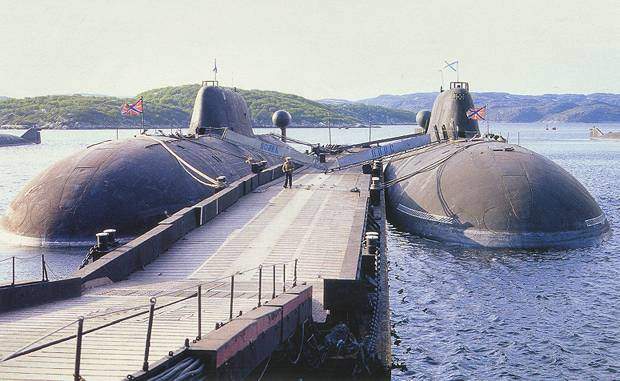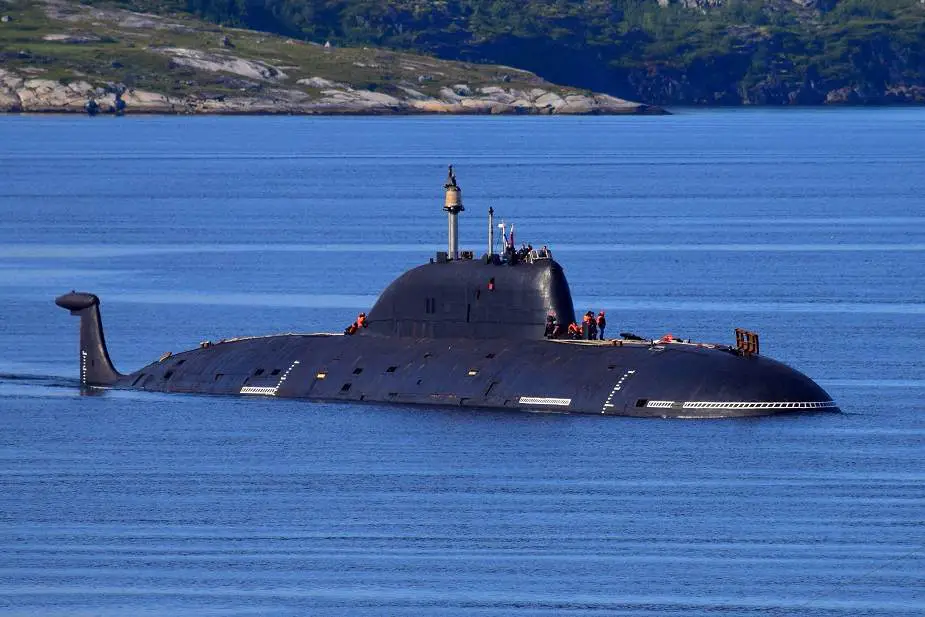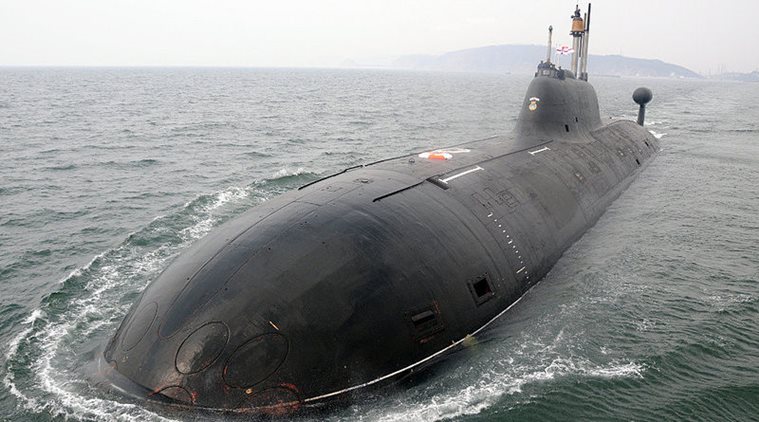

Technically, Typhoons were able to deploy their long-range nuclear missiles while moored at their docks. Their primary weapons system was composed of 20 R-39 (NATO: SS-N-20) ballistic missiles ( SLBM) with a maximum of 10 MIRV nuclear warheads each. A Typhoon-class submarine could stay submerged for 120 days in normal conditions, and potentially more if deemed necessary (e.g., in the case of a nuclear war). The sheer displacement of the Typhoon-class boats, comparable to several aircraft carrier classes, led to their classification as Heavy Cruisers Russian: Тяжелый Крейсер.īesides their missile armament, the Typhoon class featured six torpedo tubes designed to handle RPK-2 (SS-N-15) missiles or Type 53 torpedoes. Soviet − subsequently Russian − nuclear submarines are identified by the letter "K" followed by a number (for example, the lead boat of the Yasen class, the Severodvinsk, is K-560). Typhoon class general arrangements: 1 - outer hull 2 - 533 mm forward torpedo tubes 3 - pressure hull (forward) 4 - stowable forward hydroplanes 5 - escape hatches 6 - torpedo compartment pressure hull 7 - sonar compartment 8 - 20 x R-39 ballistic missile tubes 9 - control room 10 - escape capsules 11 - retractable devices 12 - Fin 13 - radio room 14 - reactor compartment 15 - hangar / payload doors for towed communication buoy 16 - protrusions to prevent ice damaging the propellers 17 - turbine compartment 18 - machine compartment, 19 - hydrodynamic vortex smoothing protrusions 20 - vertical stabiliser 21 - rudders 22 - ducted propeller 23 - aft hydroplanes 24 - sonar 25 - stowable thrusters 26 - missile compartment 27 - crew compartment 28 - 2 x OK-650 nuclear reactors 29 - propeller shaft 30 - horizontal stabiliser 31 - pressure hull (forward) 32 - main pressure hull (starboard) 33 - main pressure hull (port) 34 - pressure hull (fin) 35 - pressure hull (aft) 36 - rapid dive tank i - attack periscope ii - navigation periscope iii - radio sextant iv - radar/ESM system v - snorkel vi & viii - radio communications vii - direction finding ix - satellite communication/positioning antenna x - hull mounted towed sonar array She continued to serve until February 2023, when she was decommissioned. With the announcement that Russia has eliminated the last R-39 Rif (SS-N-20 Sturgeon) SLBMs in September 2012, only one Typhoon remained in service, Dmitriy Donskoi, which refitted with the more modern RSM-56 Bulava SLBM for testing.

The Russian Navy cancelled its Typhoon modernization program in March 2012, stating that modernizing one Typhoon would be as expensive as building two new Borei-class submarines. The source of the NATO reporting name remains unclear, although it is often claimed to be related to the use of the word " typhoon" ("тайфун") by General Secretary Leonid Brezhnev of the Communist Party in a 1974 speech while describing a new type of nuclear ballistic missile submarine, as a reaction to the United States Navy's new Ohio-class submarine.

With a submerged displacement of 48,000 tonnes, the Typhoons are the largest submarines ever built, able to accommodate comfortable living facilities for the crew of 160 when submerged for months on end. The Typhoon class, Soviet designation Project 941 Akula ( Russian: Акула, meaning " shark", NATO reporting name Typhoon), is a class of nuclear-powered ballistic missile submarines designed and built by the Soviet Union for the Soviet Navy.


 0 kommentar(er)
0 kommentar(er)
